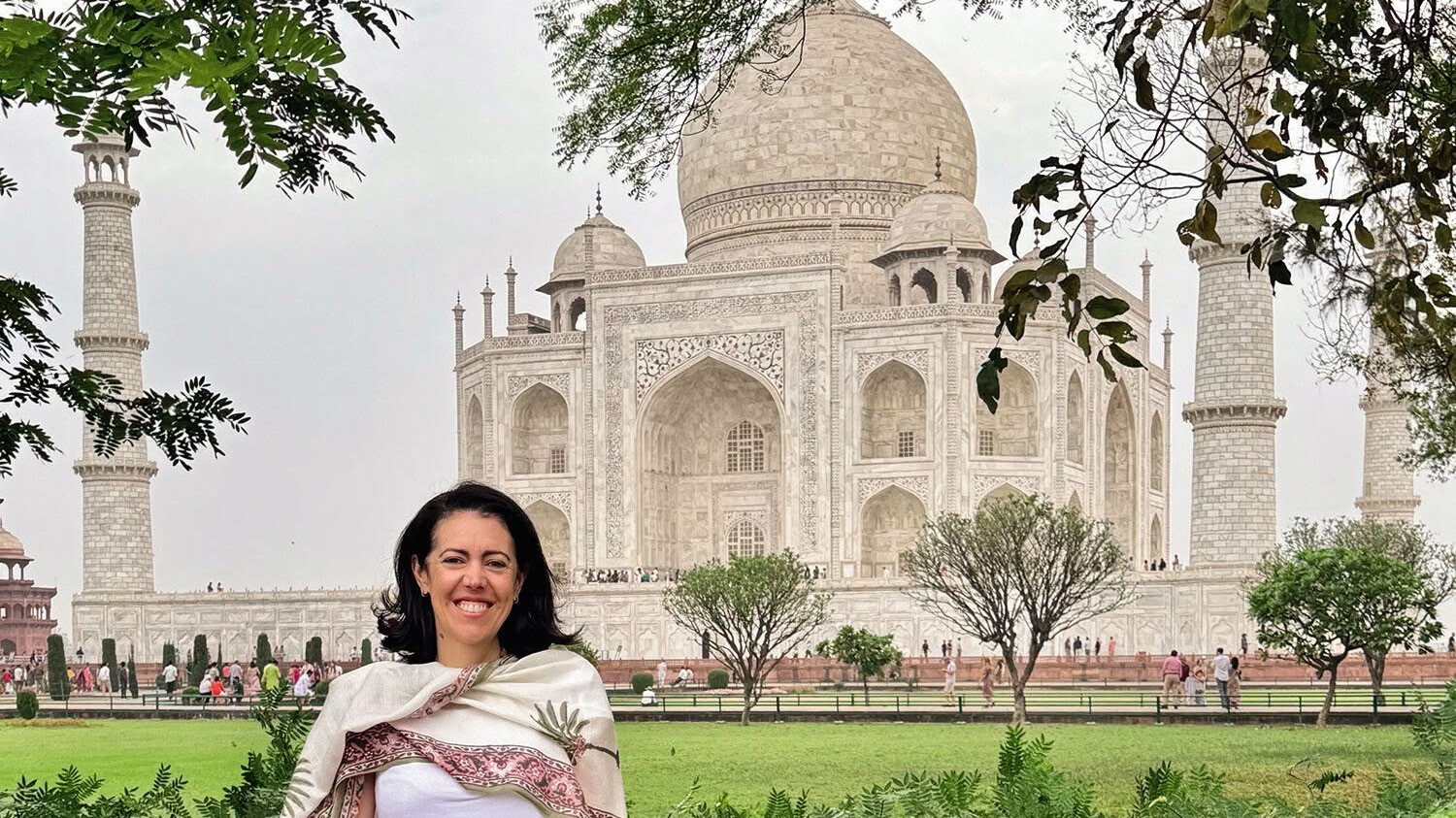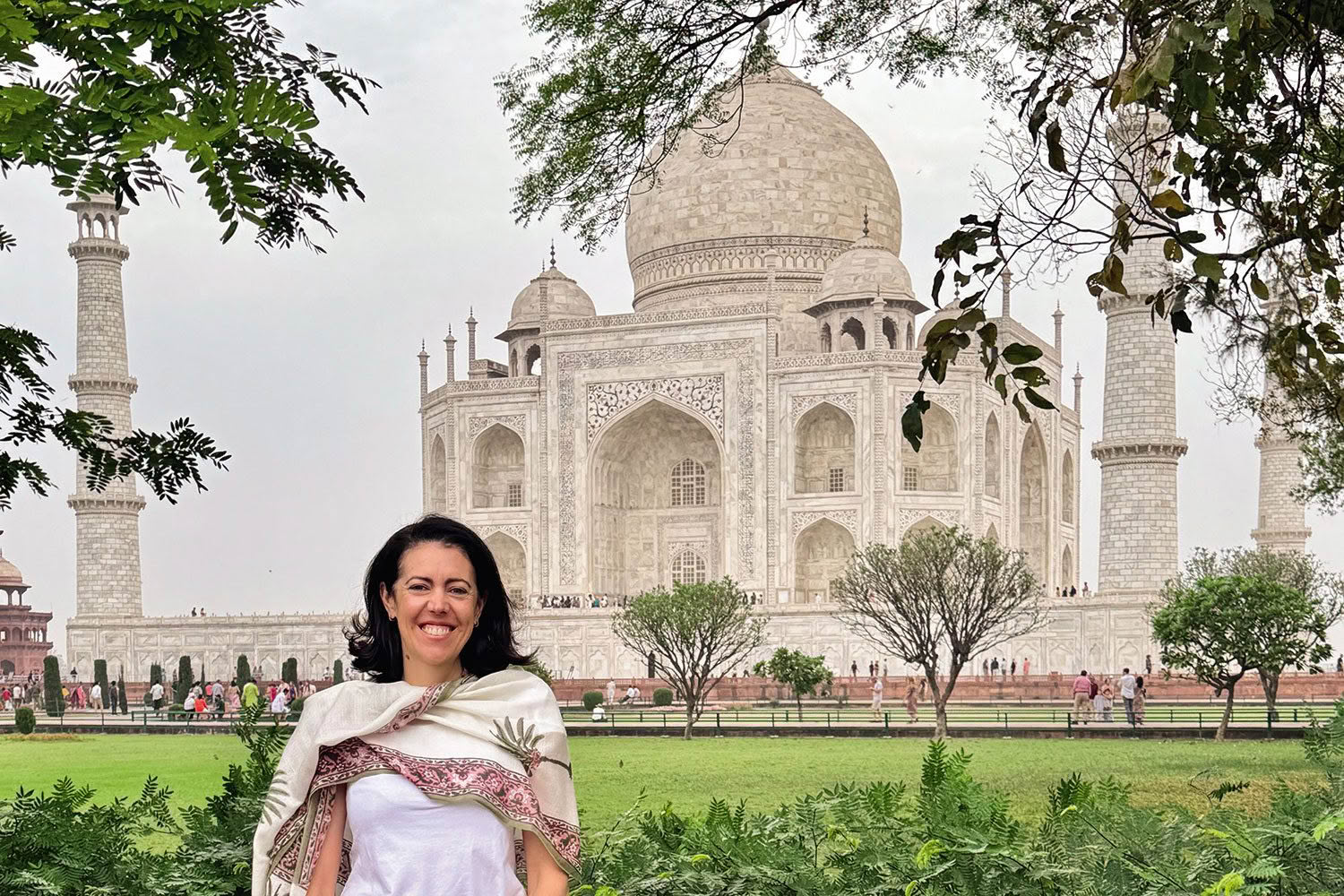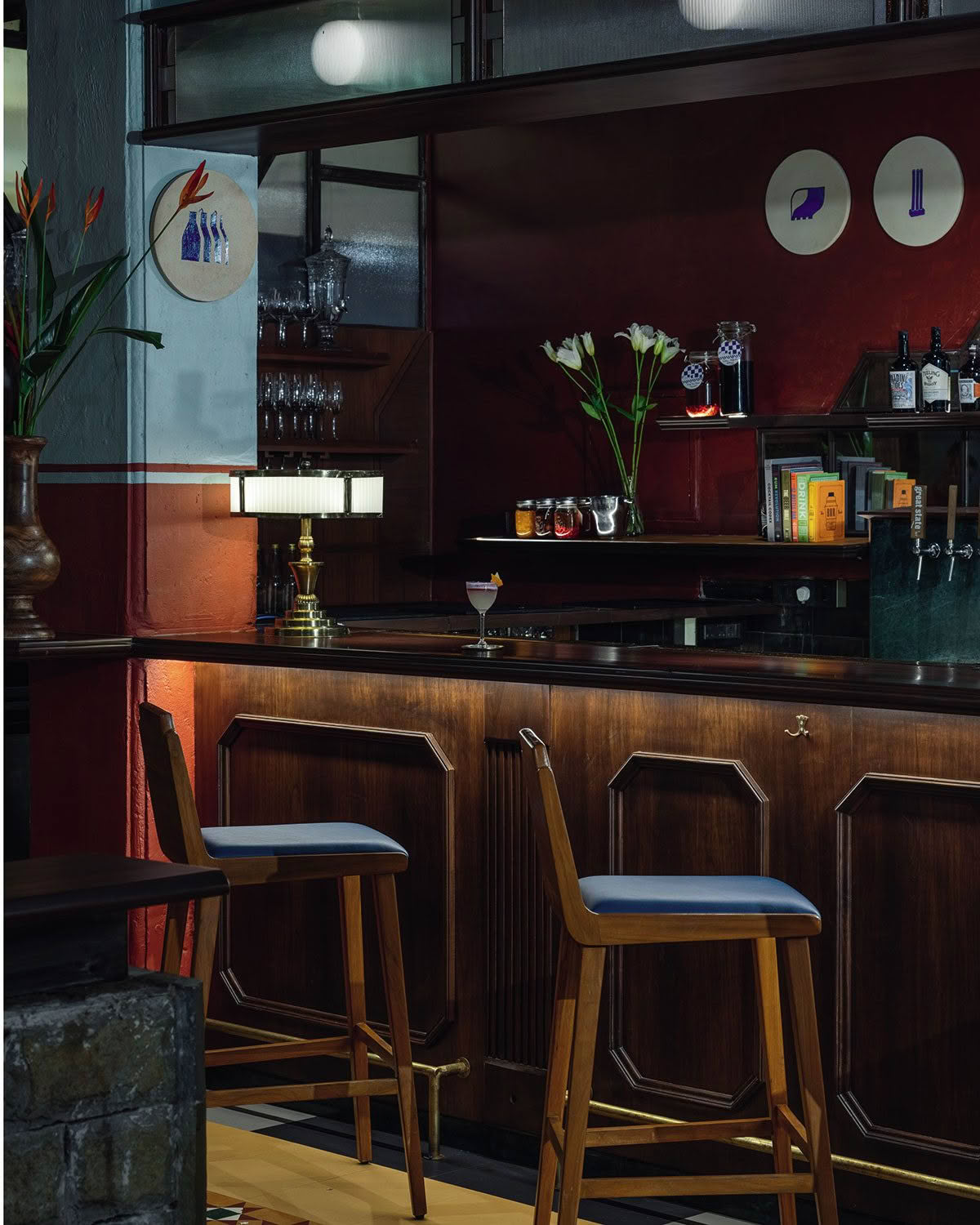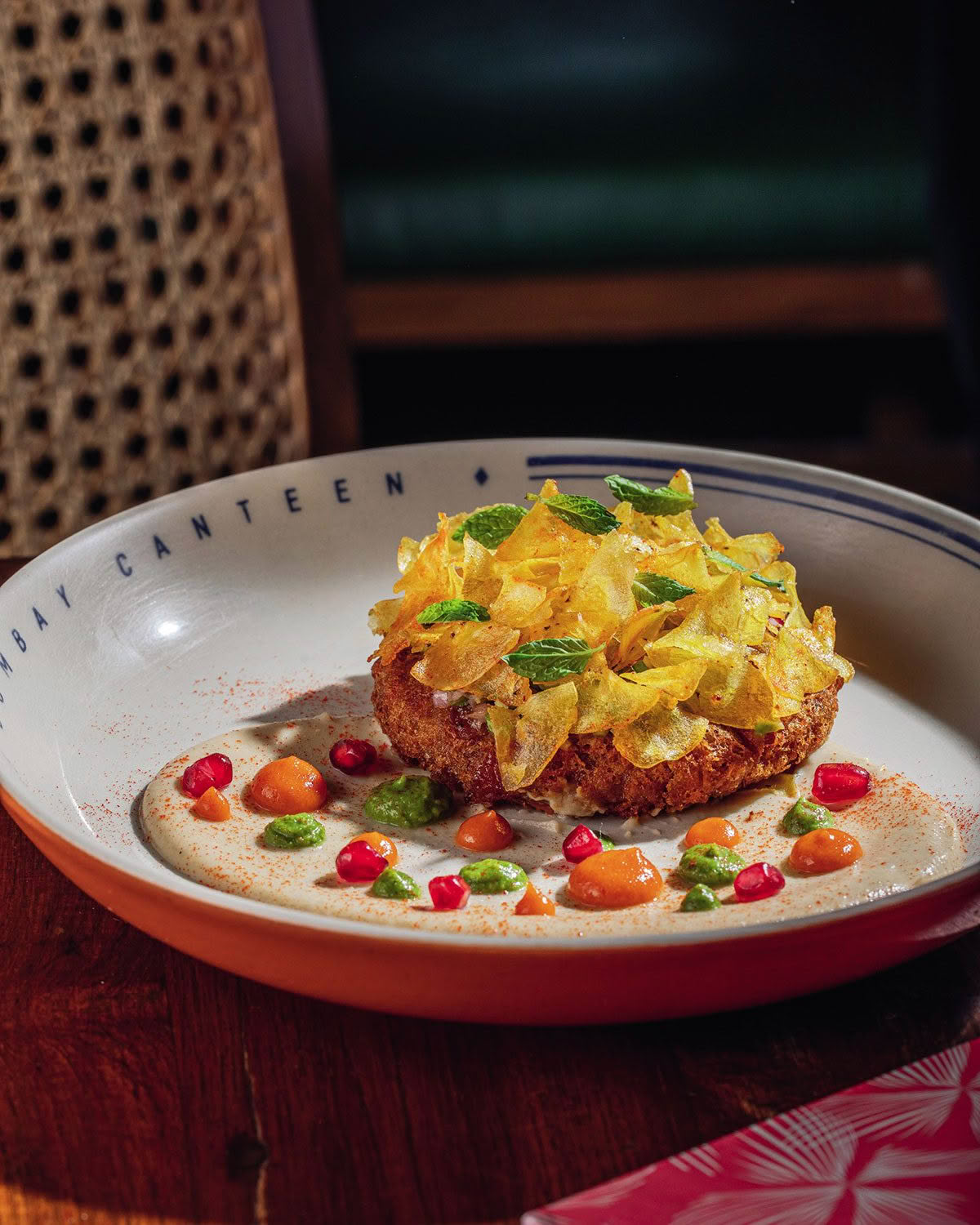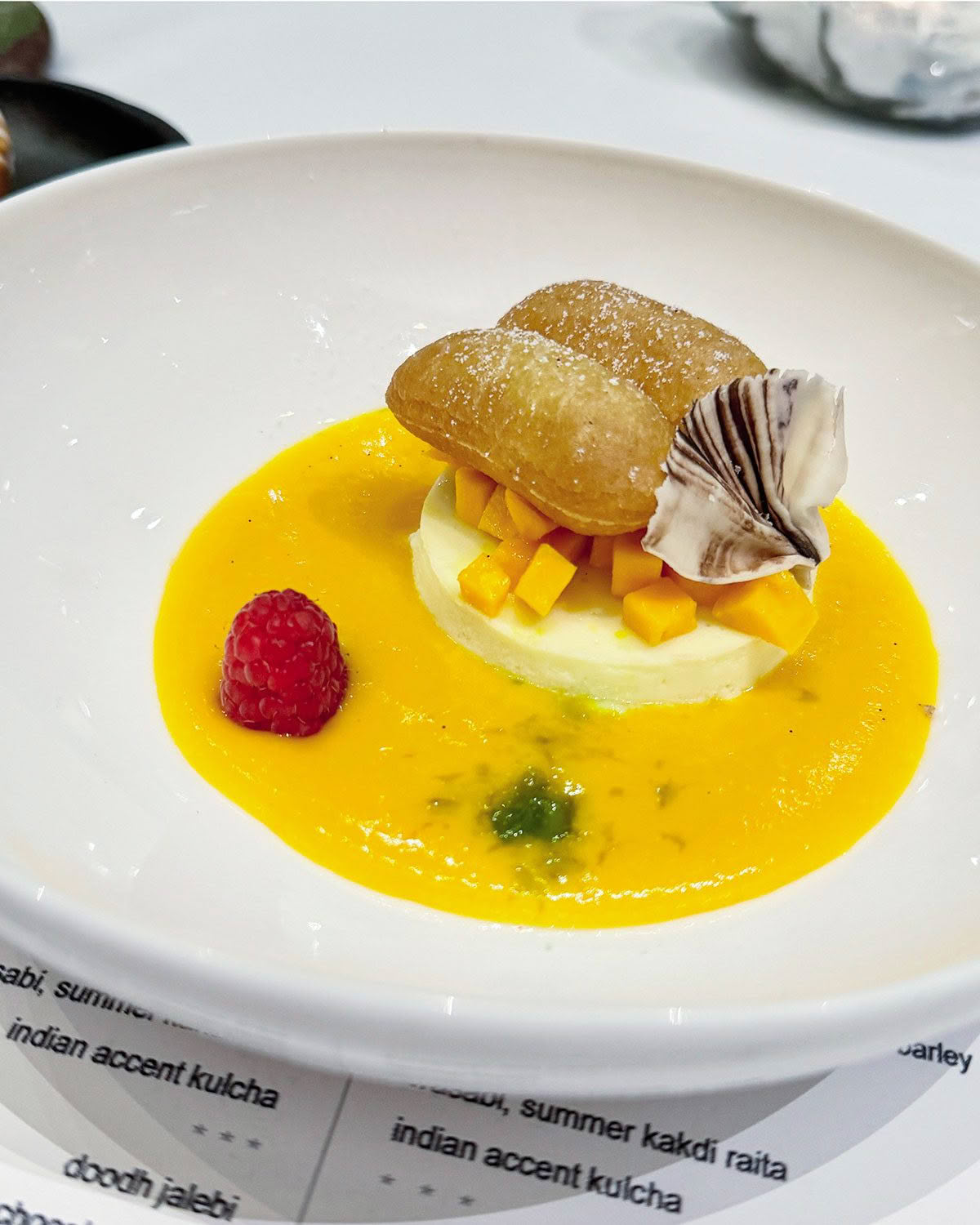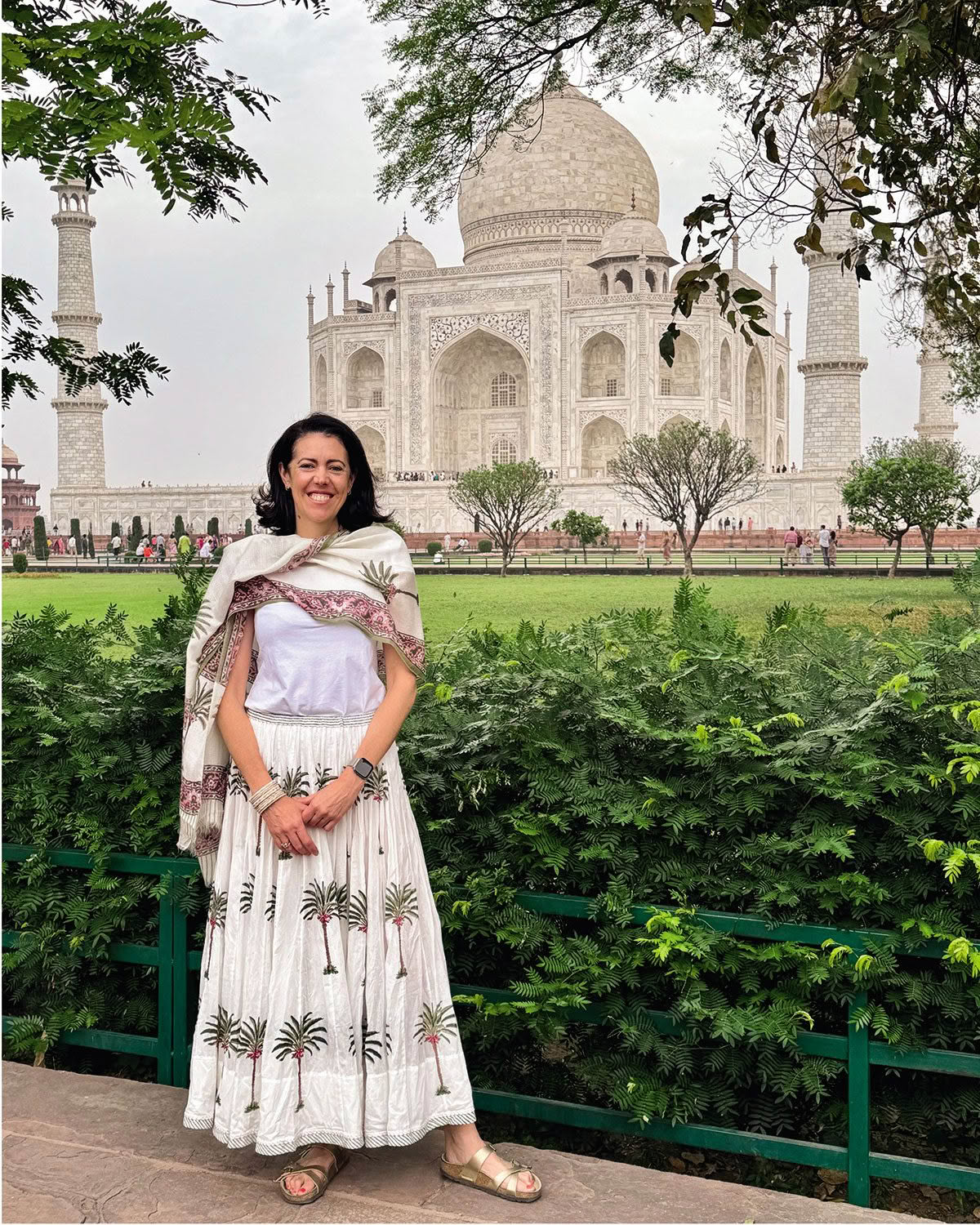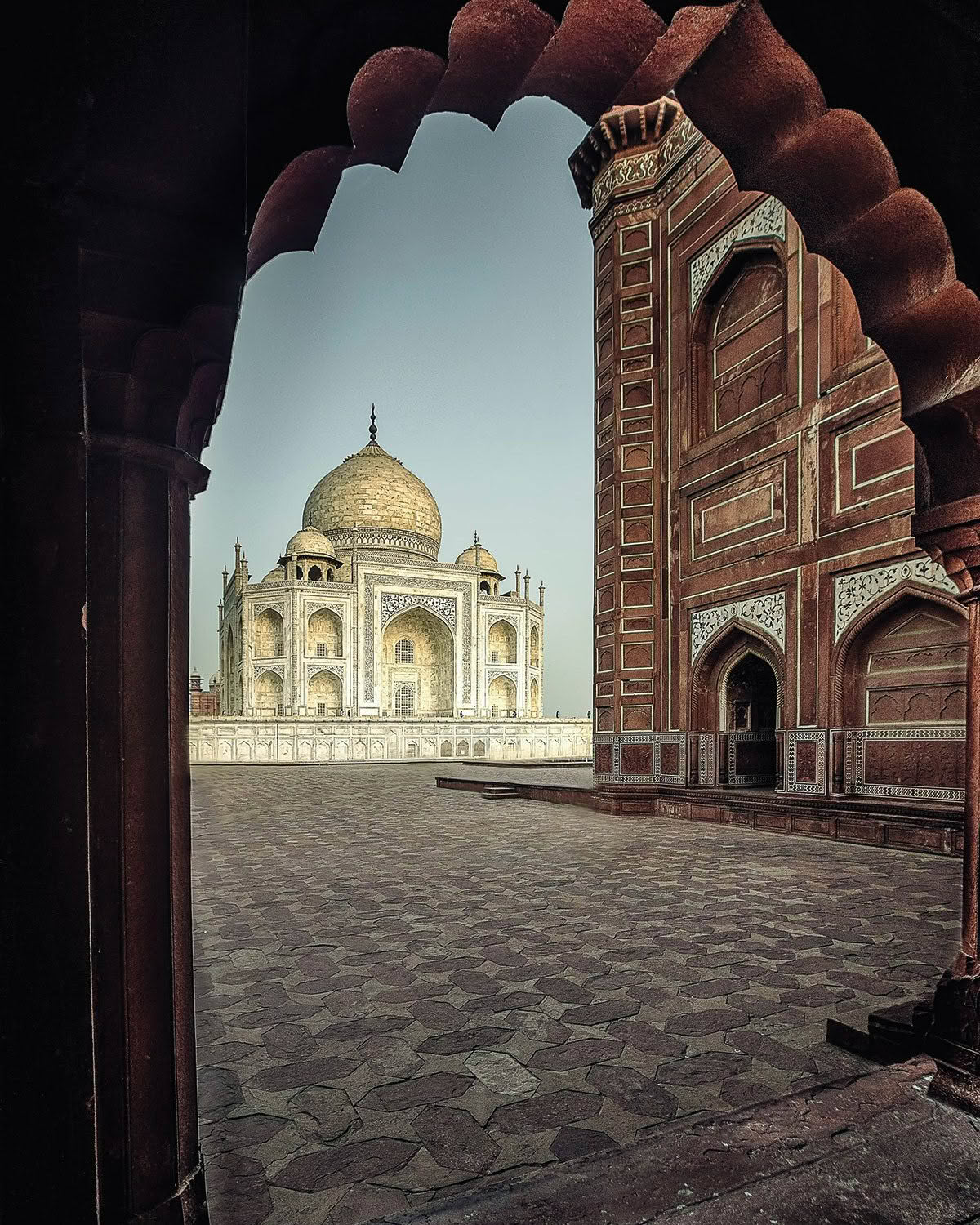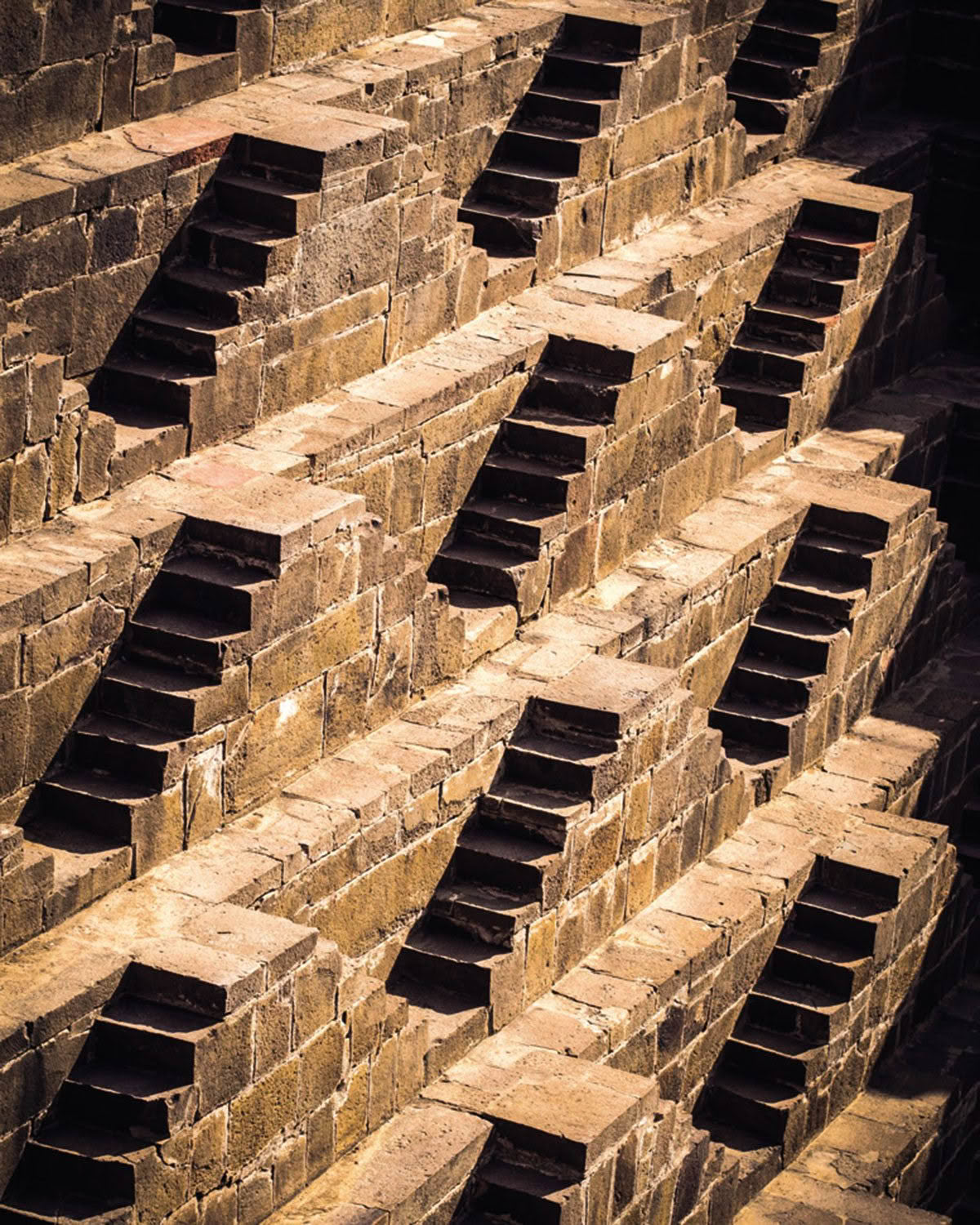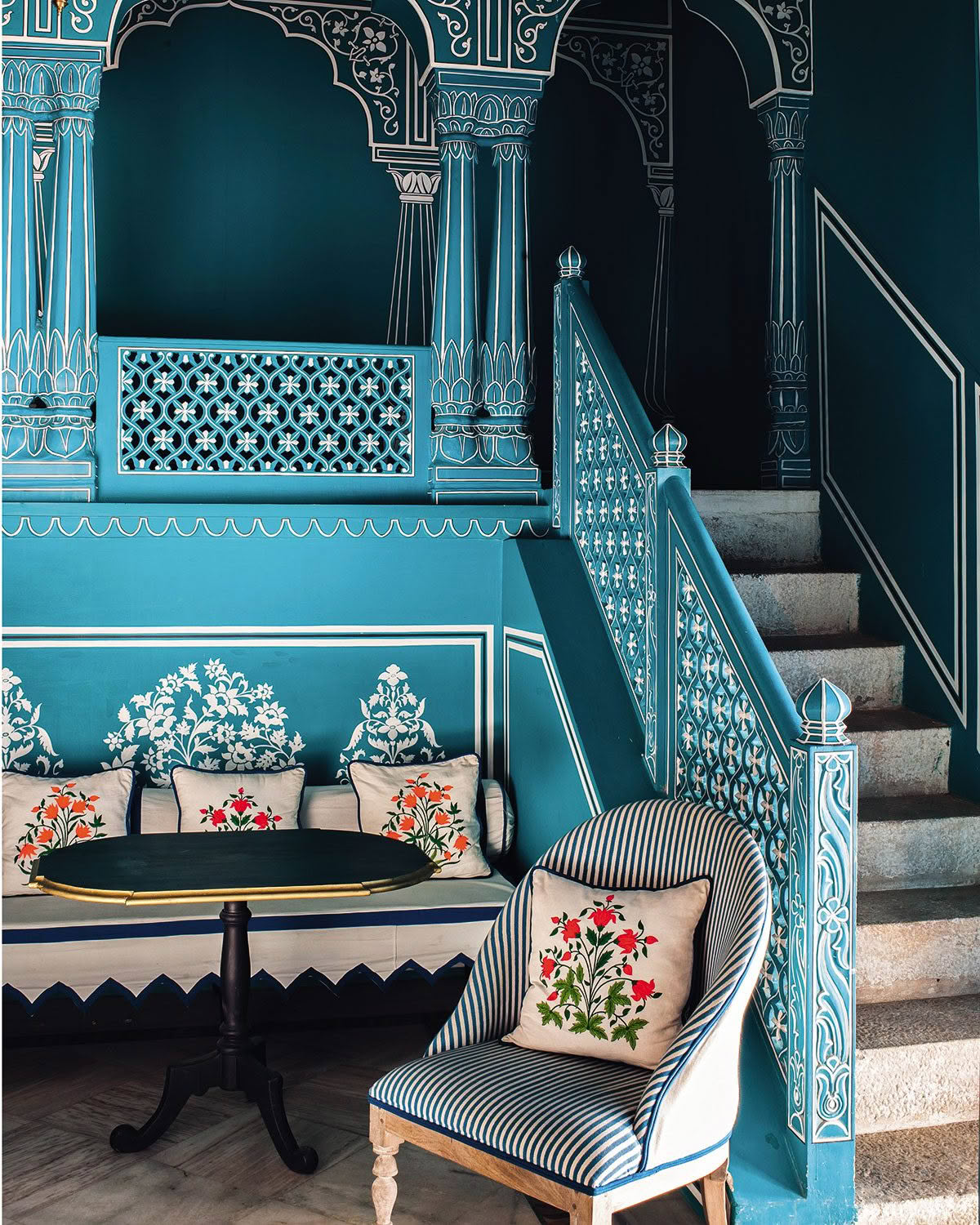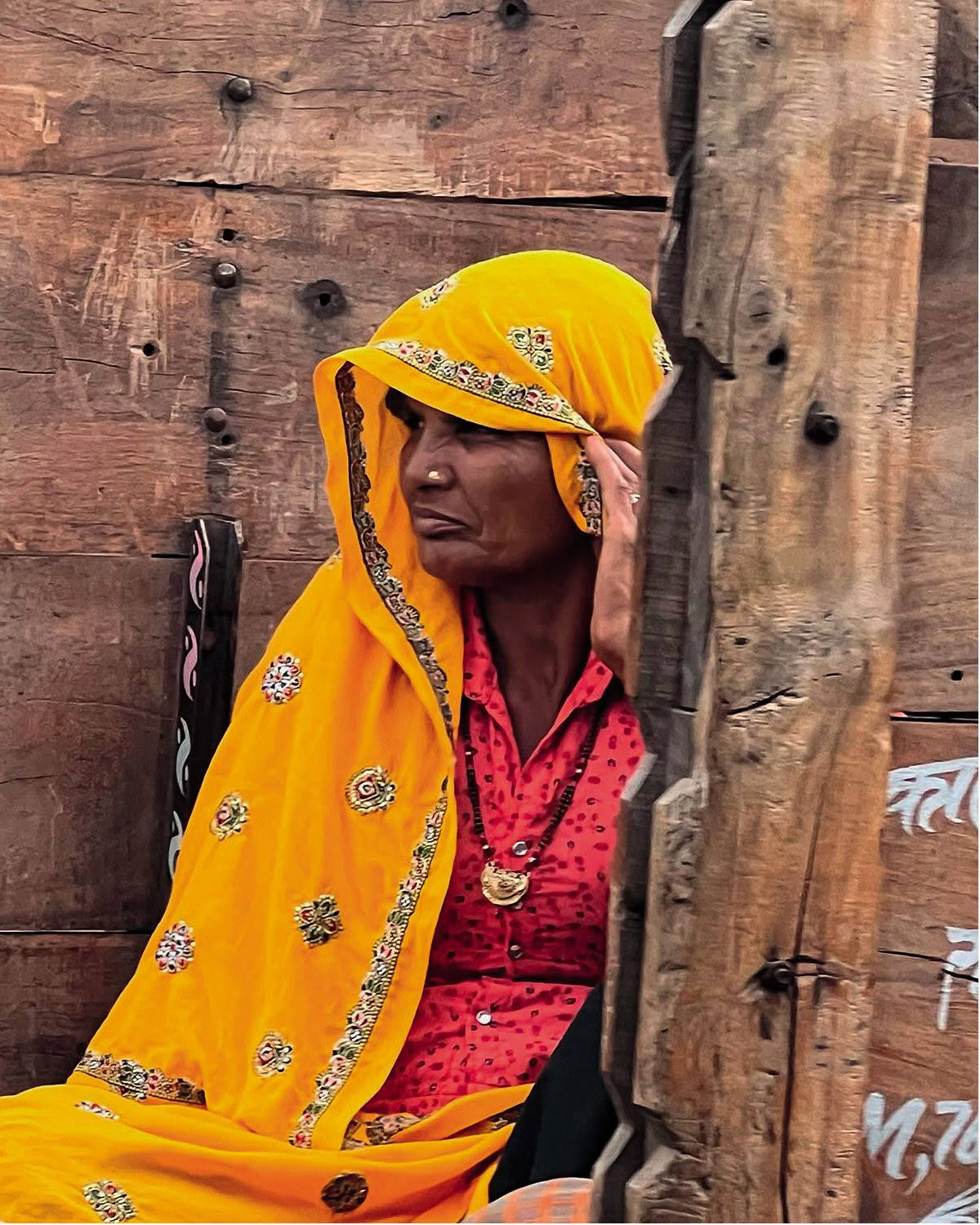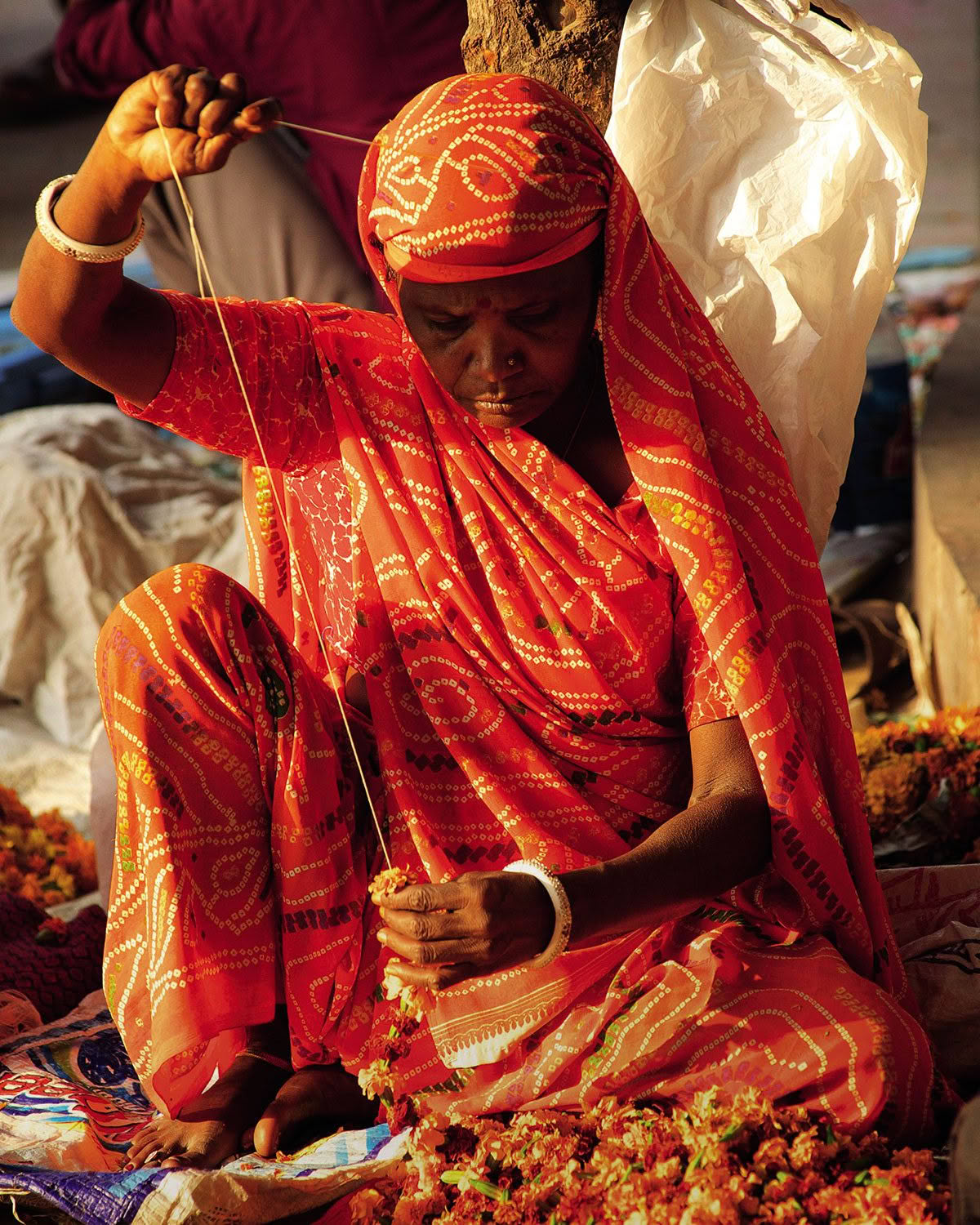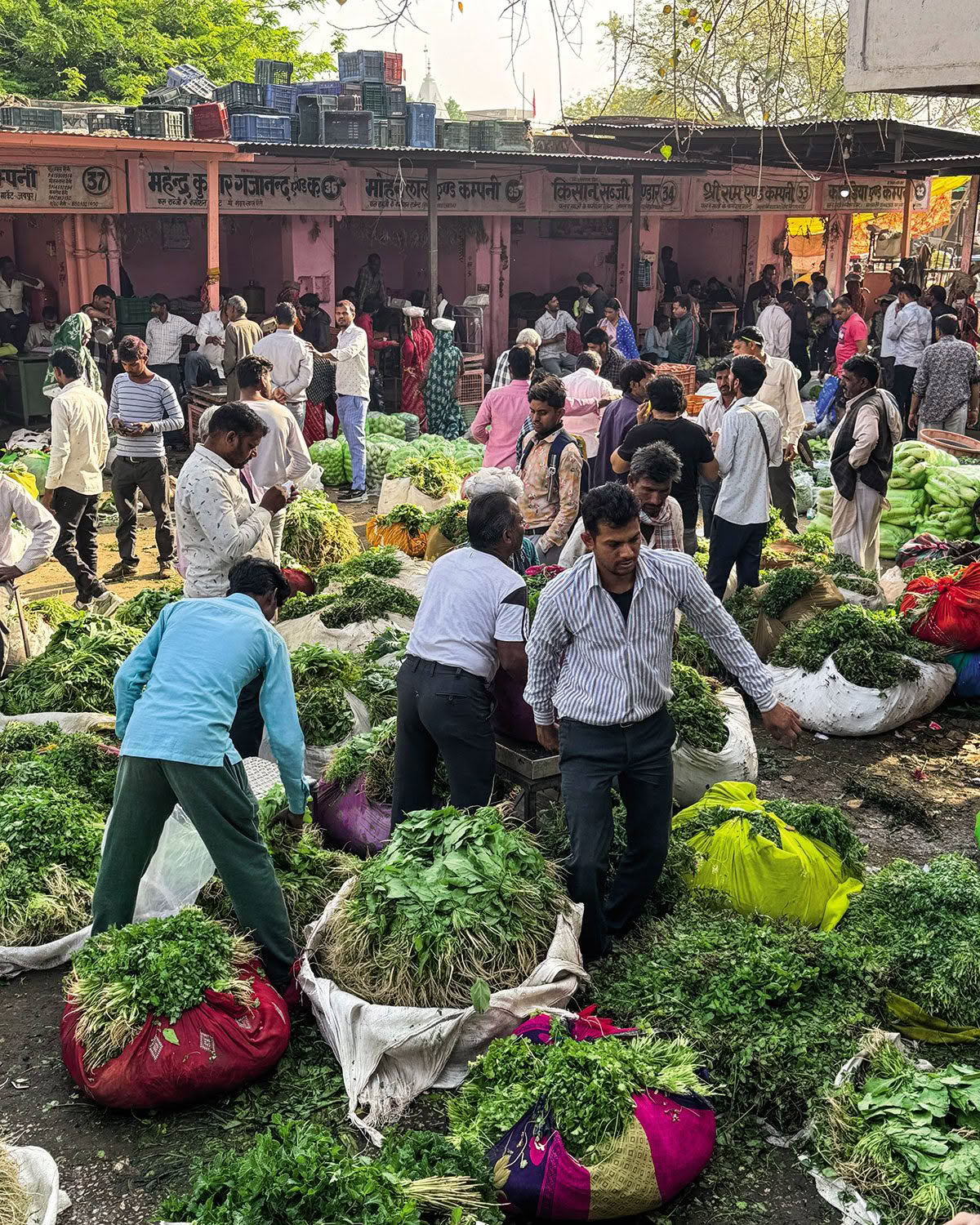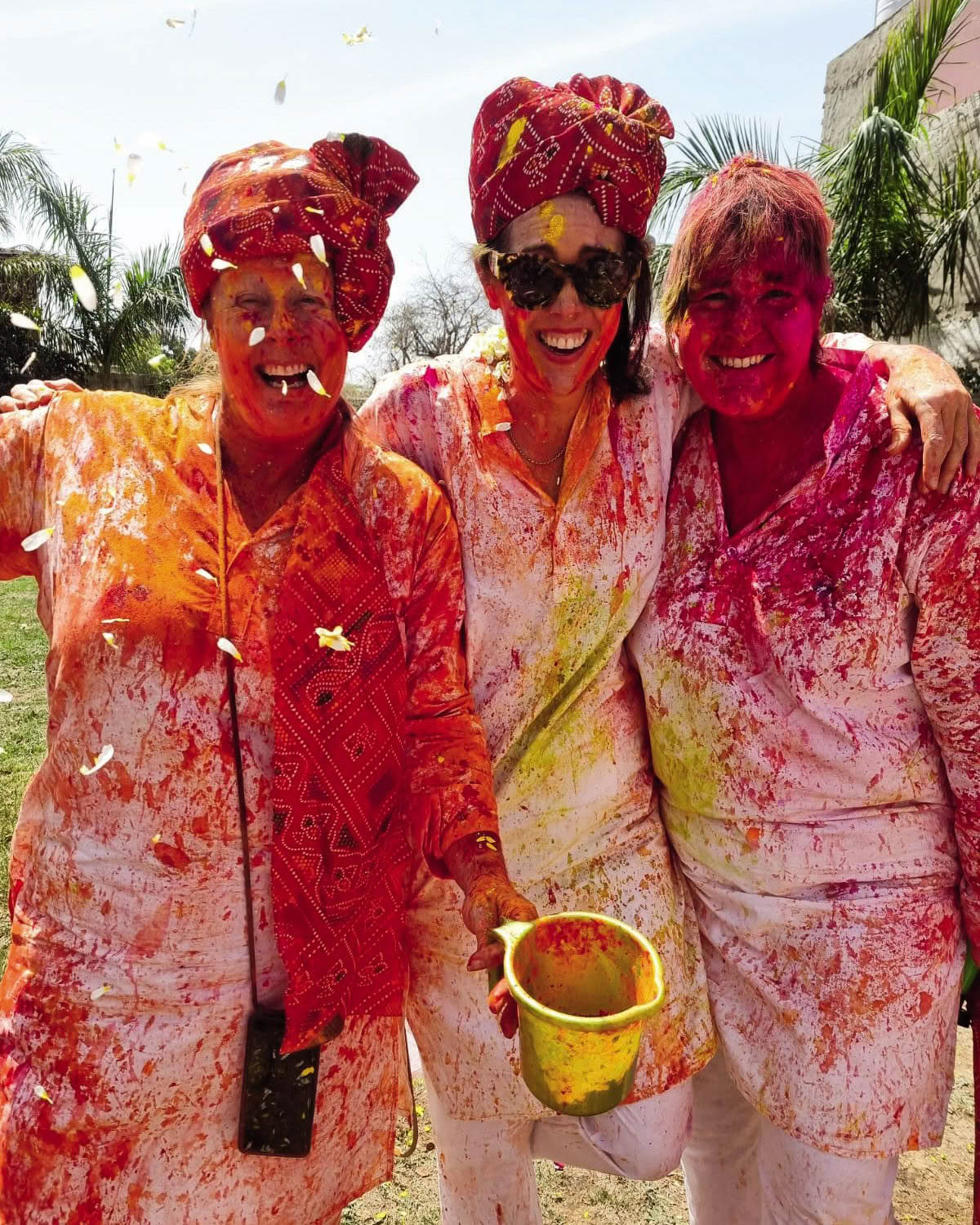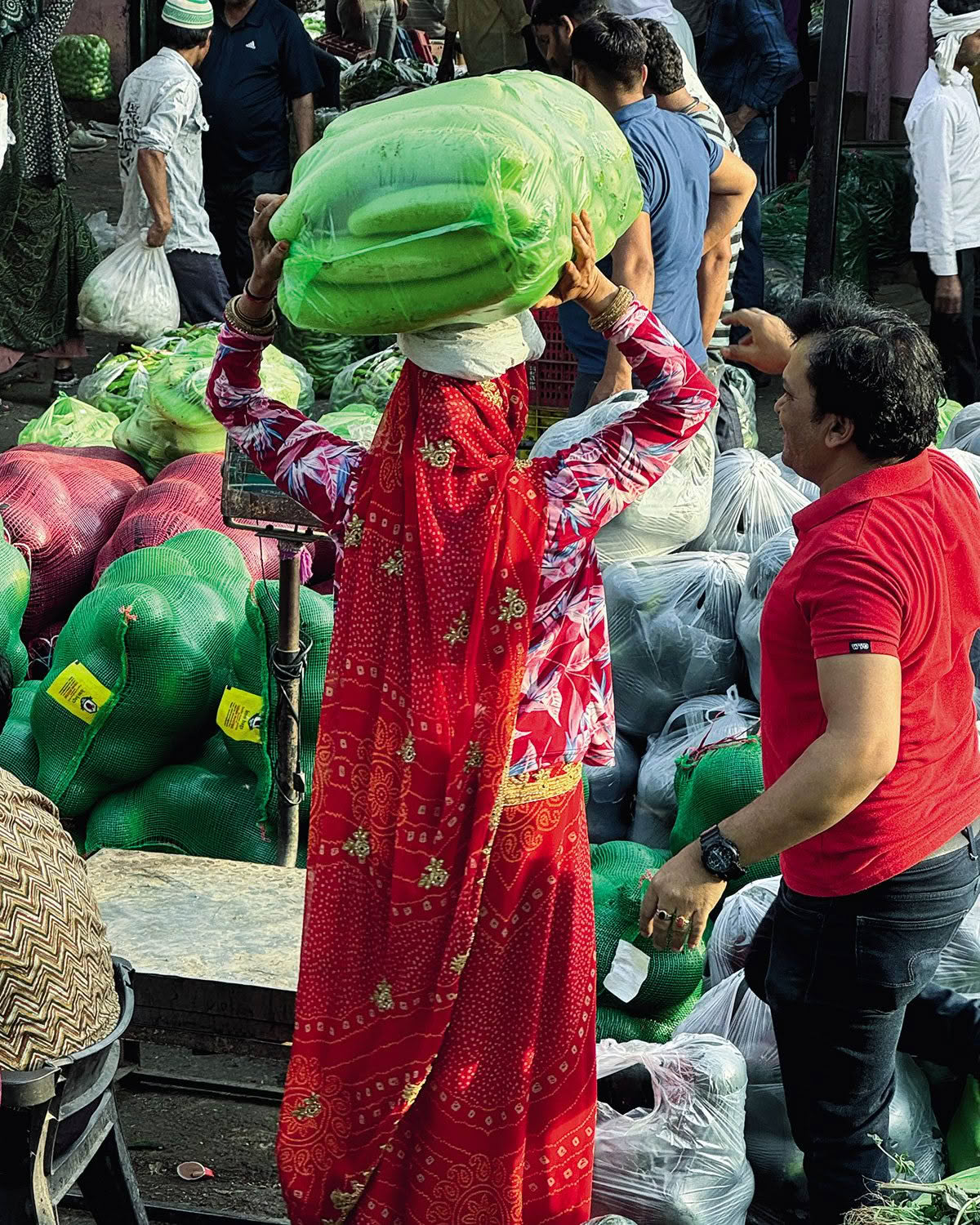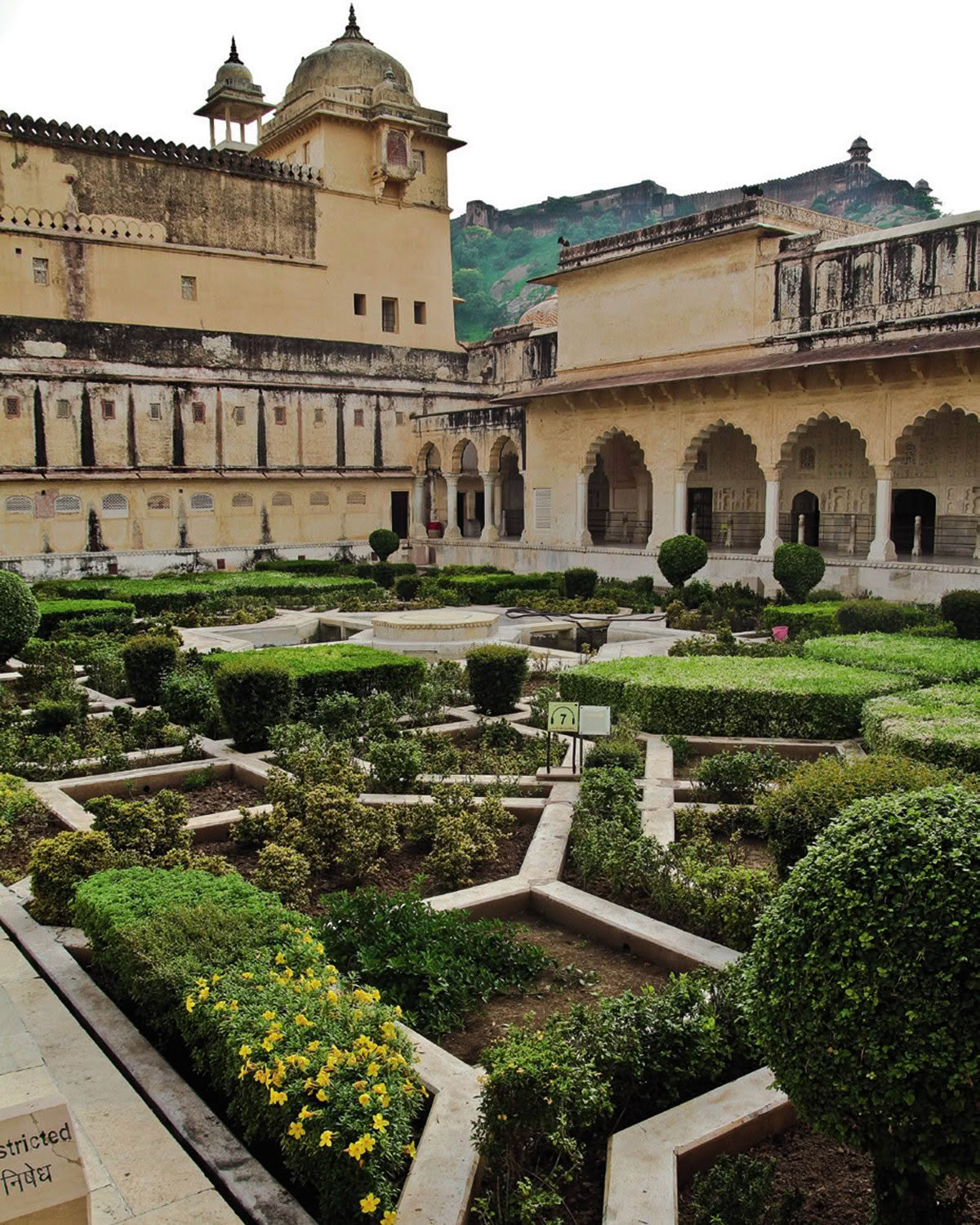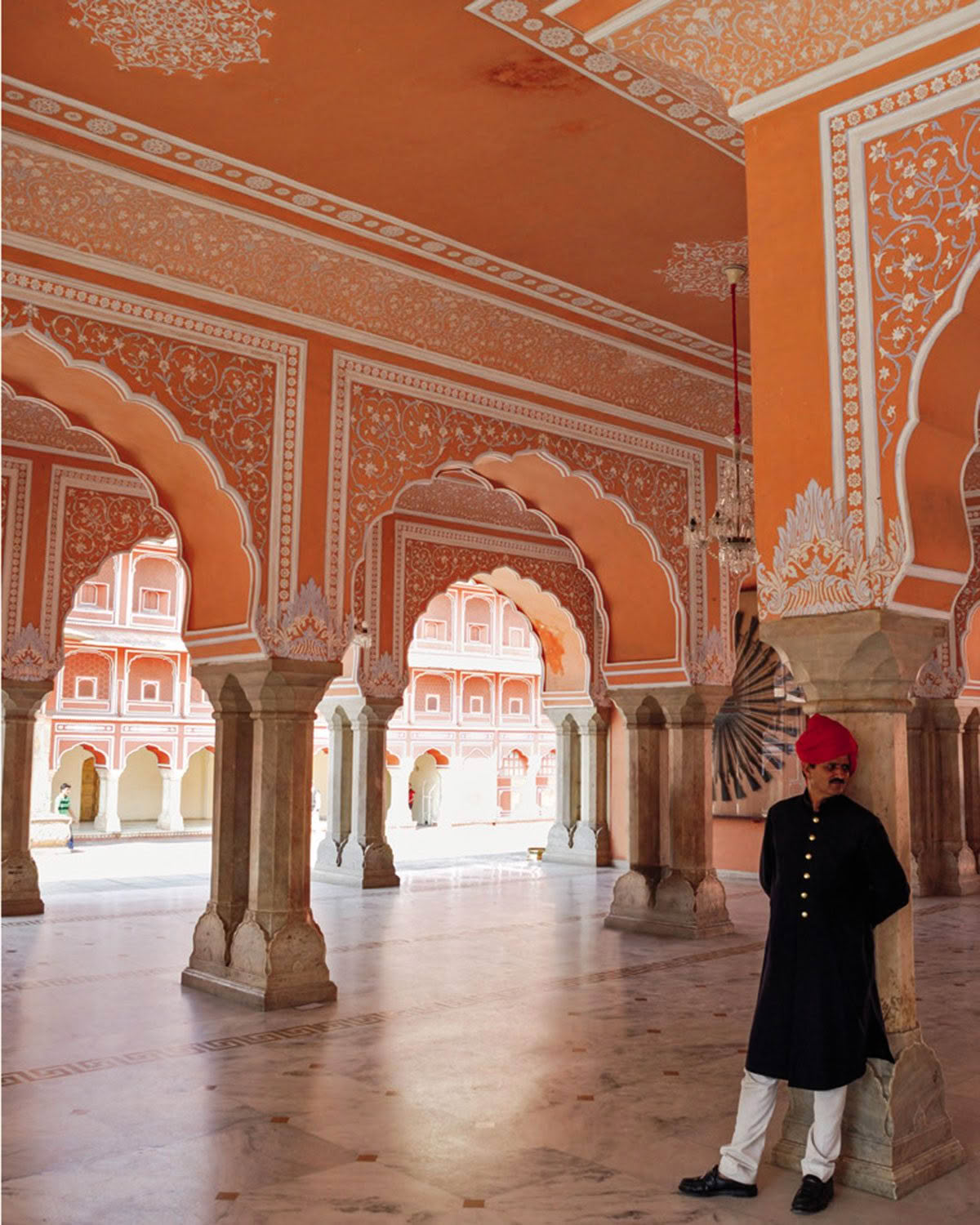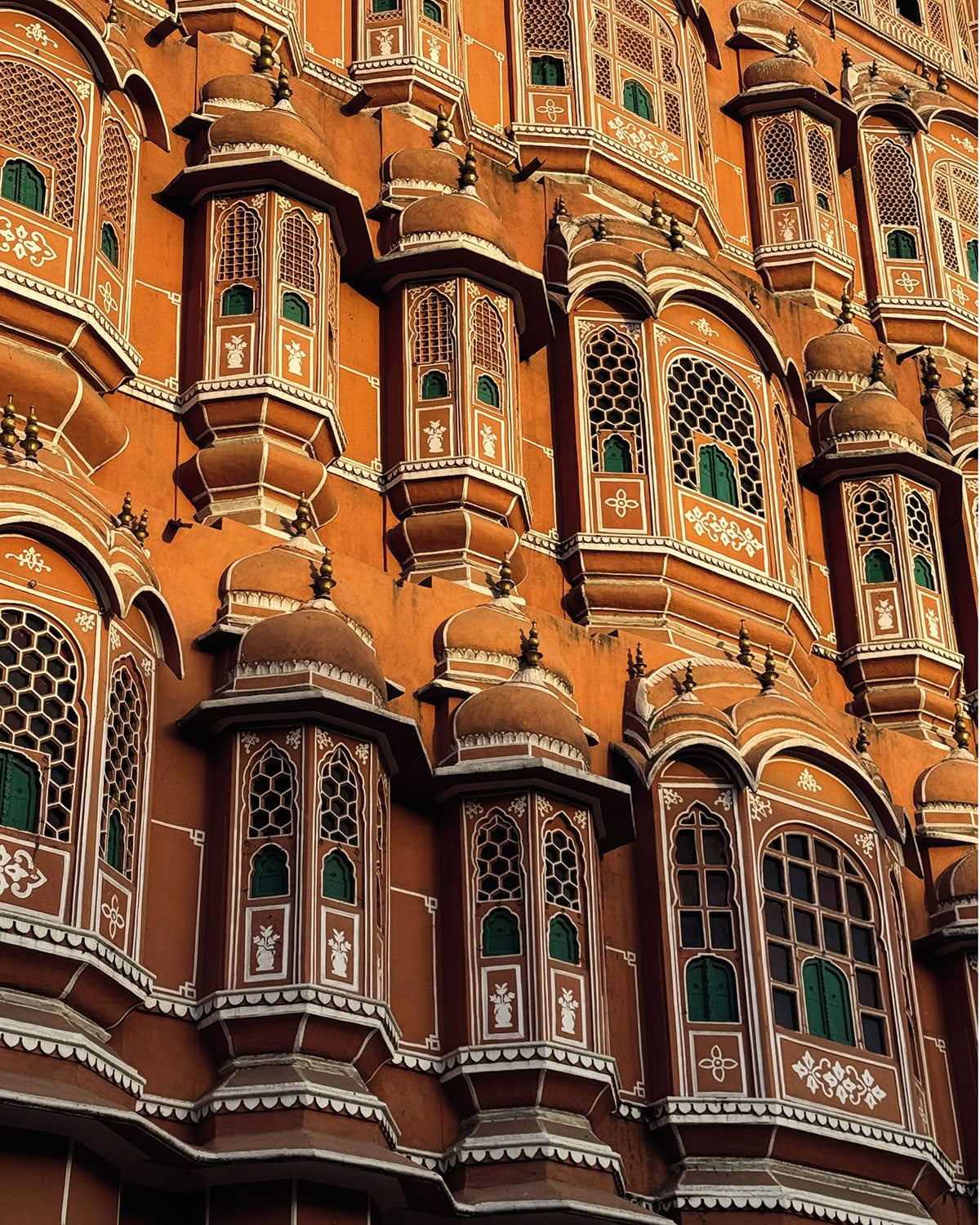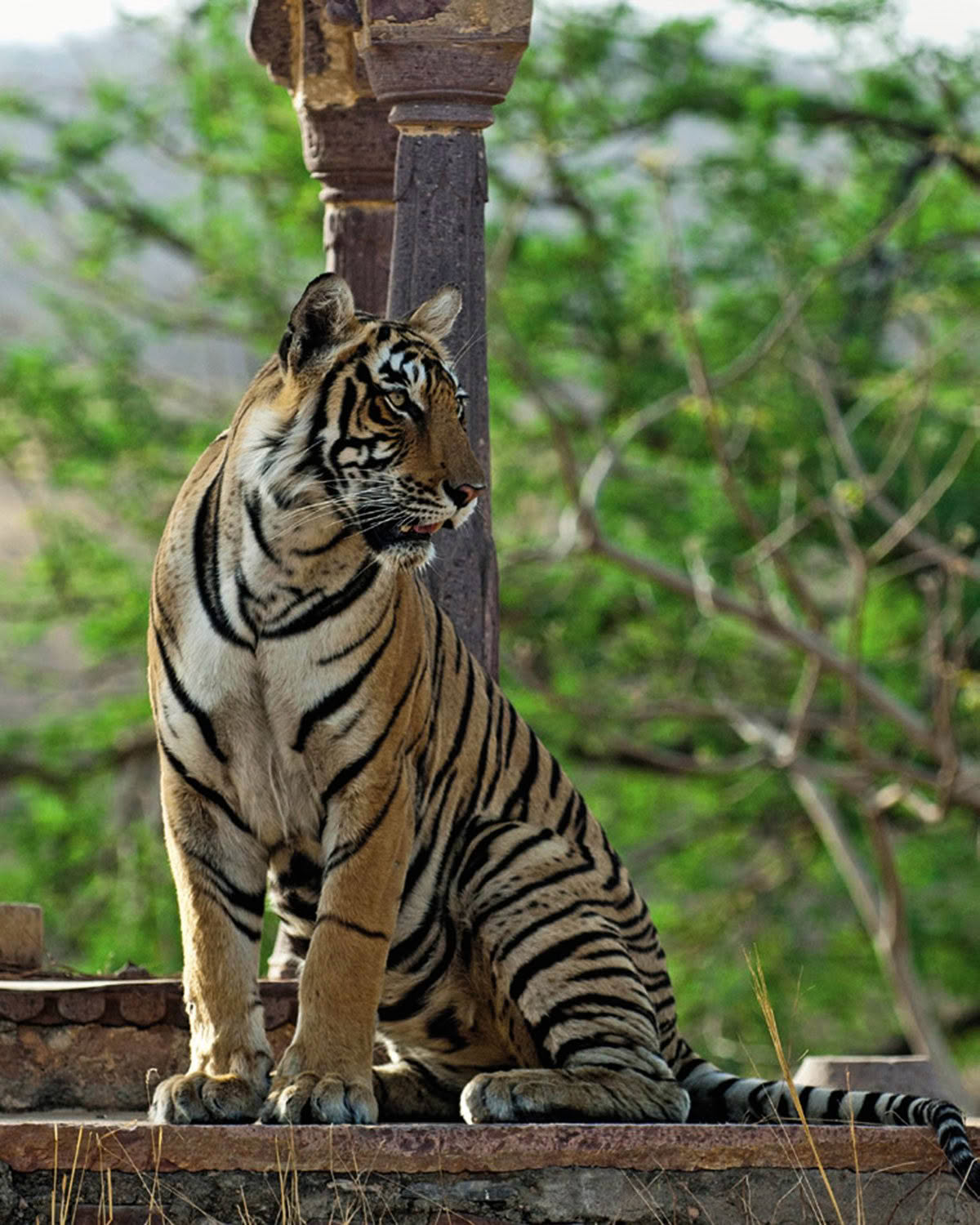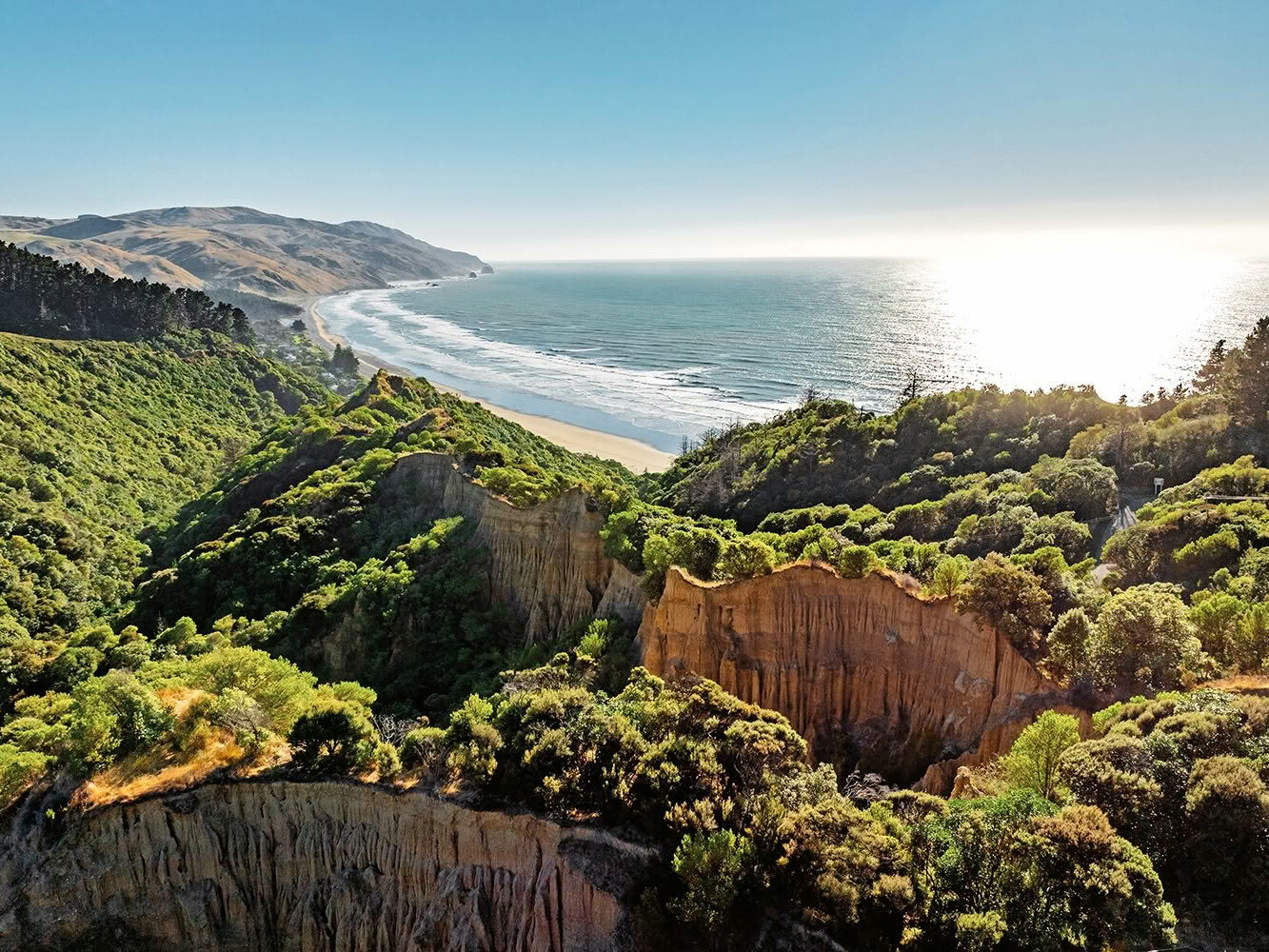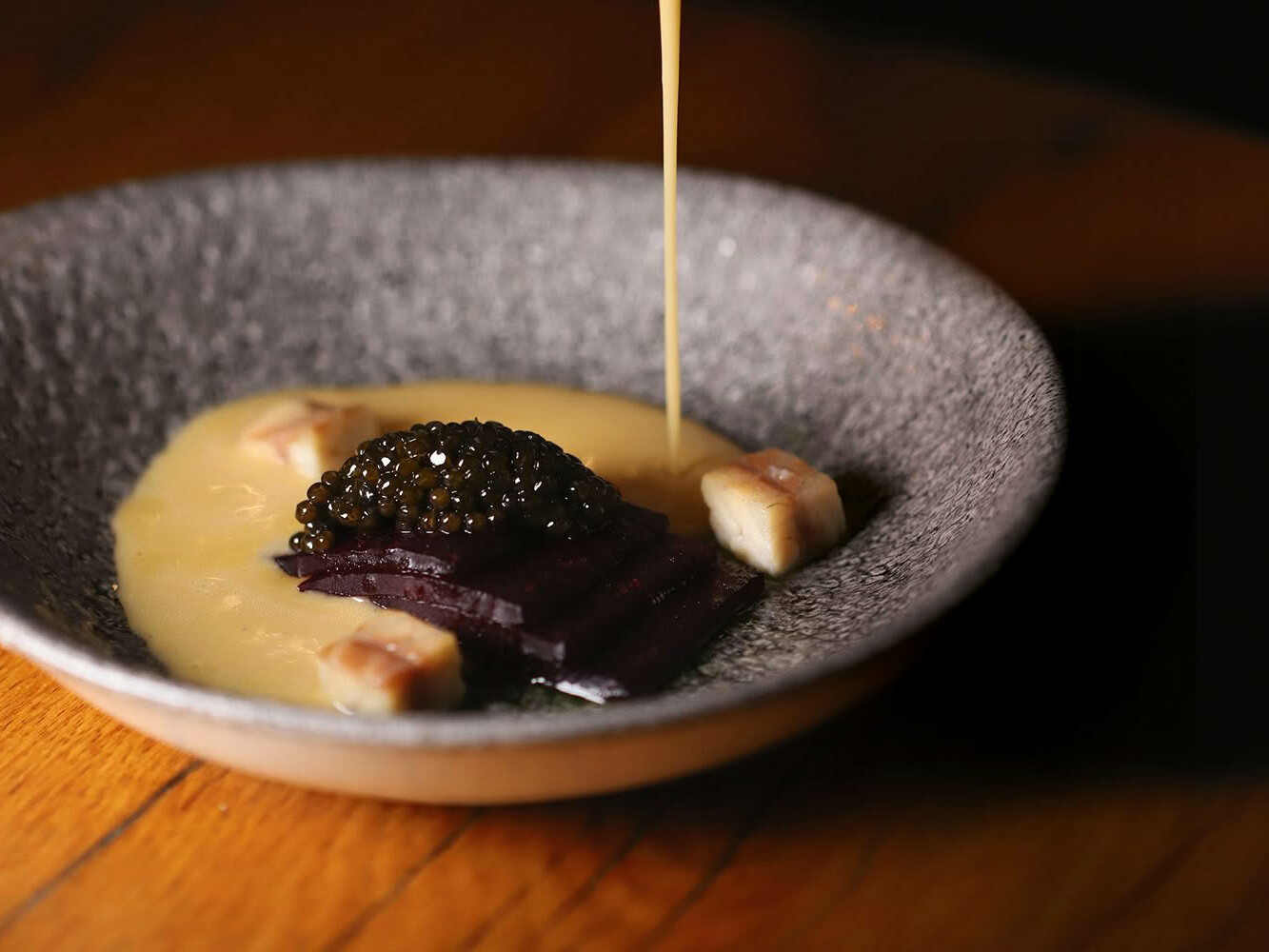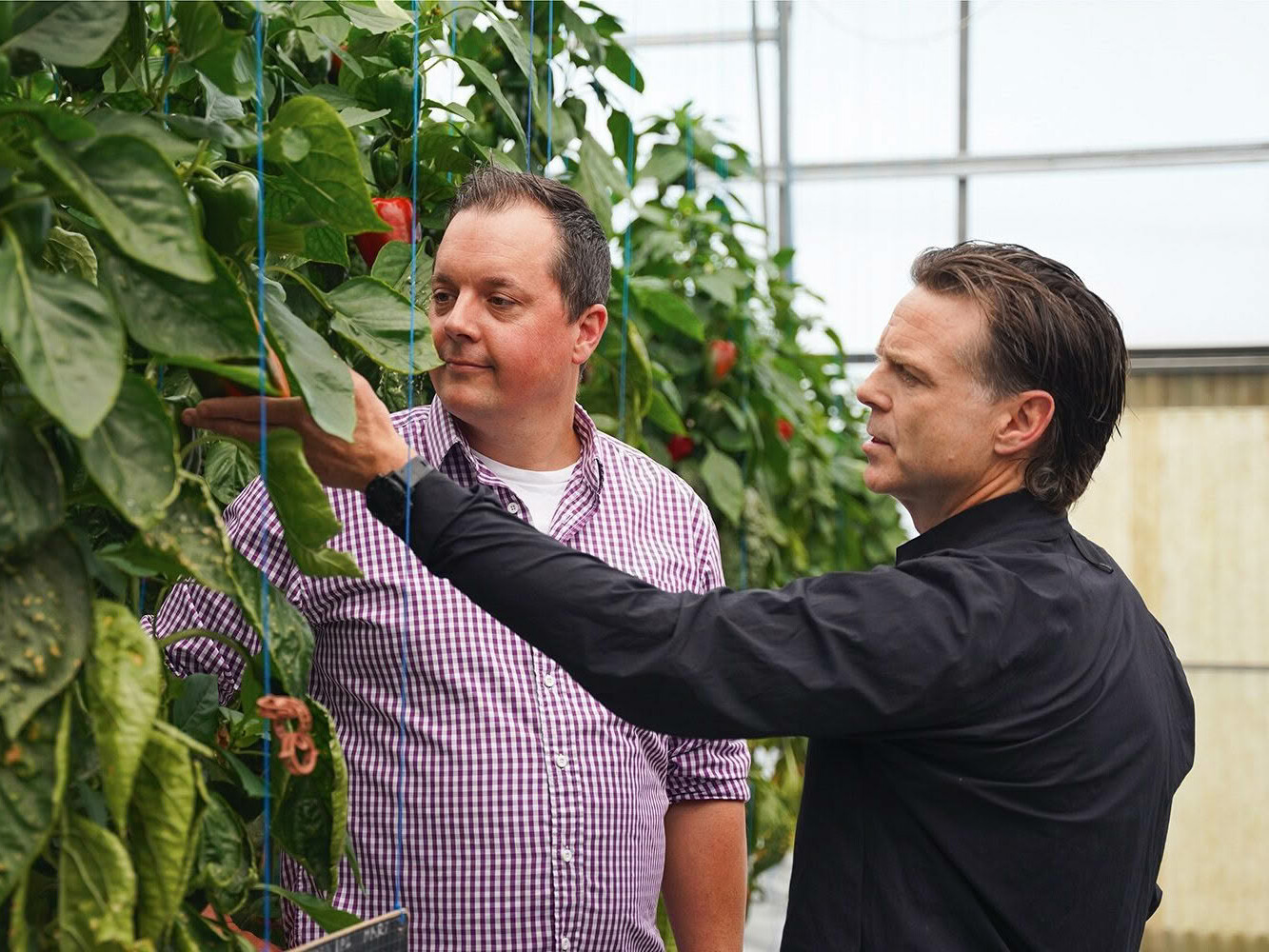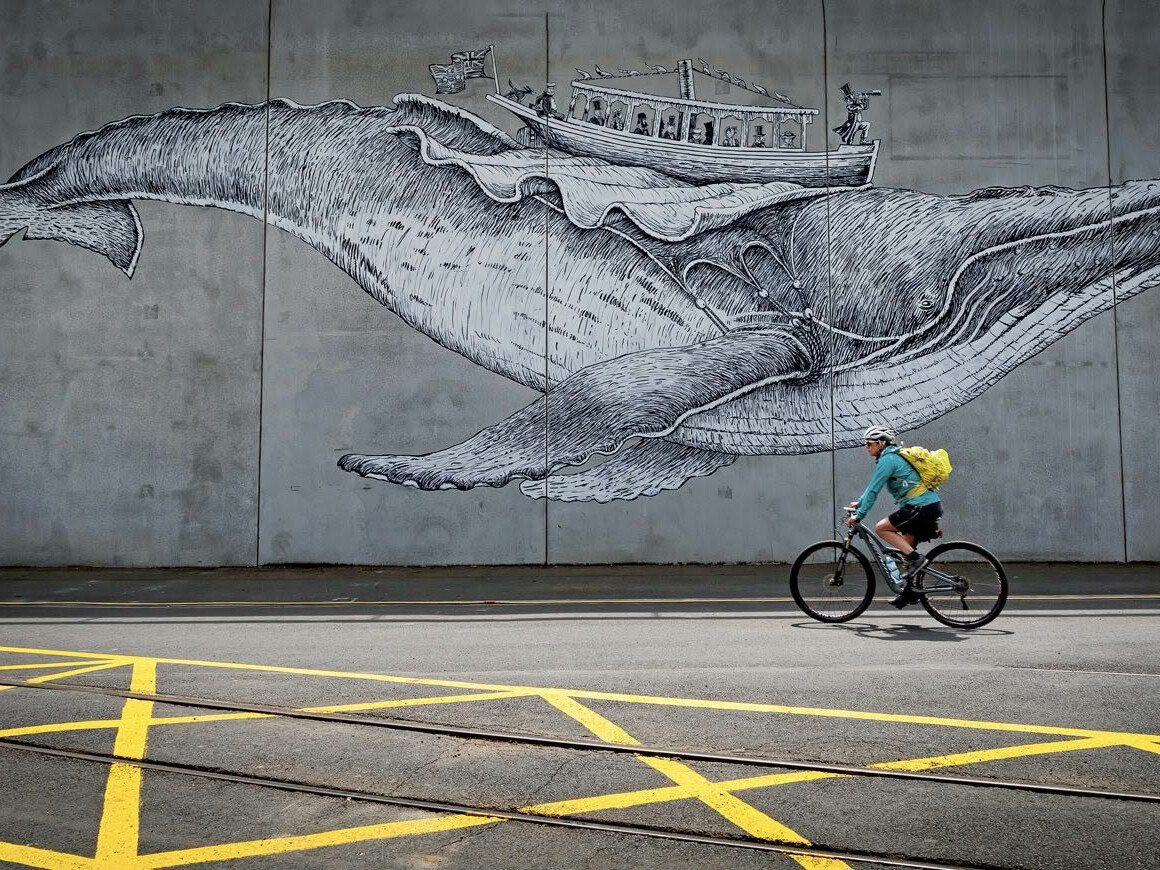India – an intoxicating kaleidoscope of chaos. It’s a country that inspires so much overuse of adjectives: it’s bustling, intense, dazzling, delicious, life-changing. There are so many colours, scents and sounds that every sensory experience feels like the volume has been turned up five notches. It’s absolutely captivating.
From the moment you touch down you are immersed in a world of constant contrast, so be prepared to have your senses assaulted. At times you’ll be confronted and then delighted. There’s no hiding the fact that this magical, enchanting place is a culture shock for sure, but it’s worth every second.
To say that I have fallen in love with India is something of an understatement. I’m fortunate enough to be a very regular visitor to this wondrous land. Since my first visit in 1999 to train travel agents about holidays to New Zealand, then opening the Tourism New Zealand office in Mumbai a few years later, I have been back to India almost 30 times. The more you discover of India, the more you want to come back. This place is positively irresistible.
For many, the prospect of a visit to India is a daunting one. A bewildering range of travel options are available and the concept of planning a trip can be nothing short of overwhelming at times. You are, after all, venturing to the most populous country in the world. One sixth of the world’s population live there; that’s a whopping 1.4 billion people. But don’t let that dissuade you. India is a feast for the senses and everyone should visit. You’ll be truly rewarded – that’s a promise.
India isn’t just big in terms of population; made up of 28 states and eight union territories, no two regions are the same. Think of it along the lines of Canada or the US: while all part of the same country, each state is independent and different in its own way. Each has its own unique identity, culture, society, religious make-up, dress, traditions, festivals, climate, politics, flavour and food style. So, a visit to India, is more specifically a visit to Rajasthan, Uttar Pradesh, Kerala, Maharashtra, Tamil Nadu or beyond. And depending on where you visit, your experience will reflect the people and traditions of that place. Welcome to India!
So, where to start? There are some bucket-list experiences in India that are not to be missed and I’d recommend approaching it from the north or the south. If you’ve only got a couple of weeks, don’t try and jam it all in. Bite off a little bit; go slow and savour the experience. Don’t rush too much so you can get under the skin of this place a bit.
For most people, their first trip is to the north of India and it’s here you will see the real contrasts of this country. I like to start with a visit to Mumbai, India’s largest city and commercial capital. Made famous by movies such as Slumdog Millionaire, Mumbai is a living, breathing example of where India has been and where India is going. There are slums hugged by groaning multi-layer freeways, and skyscrapers on top of crumbling neighbourhoods. This will not be the India in your head: it’s busy, frenetic and there’s a lot of traffic. But it’s also a modern and global city on a par with the energy of Hong Kong or Tokyo. The dining scene here has exploded in the last few years – a new restaurant opens every day and the calibre of the experiences is world class. For contemporary interpretations of the classics try The Bombay Canteen (thebombaycanteen.com), its sister property Veronica’s (veronicasbombay.com) or the virtually impossible-to-get-into 12-seater Papa’s (papasbombay.com). Bandra Born (instagram.com/bandraborn) is another new kid on the block. For the best thali in town people flock to Shree Thaker Bhojanalay (instagram.com/shreethakerbhojanalay), which has served Gujarati food in Mumbai since 1945.
And after all that delicious eating, make time to visit the much-photographed Gateway of India, drop in for a chai at Leopold Café in Colaba (instagram.com/leopoldcafemumbai), walk among the artisan boutiques of the Fort District, barter your heart out at Crawford Market, check out one of the world’s oldest outdoor laundries – the Dhobi Ghat – and do an early morning tour of Koliwada Fish Market at Sassoon Dock.
I have a real soft spot for our next stop: India’s capital city, New Delhi. It’s the antithesis of Mumbai: spread out, with lots of parks and trees and its scale is almost impossible to fathom. Don’t be mistaken, this place is huge – 38 million people make greater Delhi their home. It’s an old city, first founded in 1052, but becoming a powerful centre during the Mughal times. The centre, Old Delhi, was settled in 1648 and the remnants of this time are still visible today at the Red Fort, the bustling bazaars around Chandni Chowk, the impressive Jama Masjid mosque and the spice market. Don’t miss a bicycle rickshaw ride while you are here.
Delhi is also the location of one of India’s best restaurants, Indian Accent (indianaccent.com/newdelhi), ranked 26 on this year’s World’s 50 Best Asia list. It’s a must visit, but make a reservation.
An early-morning train is the best way to get you to Agra, your next north India stop. This town doesn’t need much introduction: it’s the home of the Taj Mahal. It’s hard to describe the feeling of seeing the Taj Mahal. I am not sure how many times I have visited but every single time I stand in front of this awe-inspiring, mesmerising, magical structure (there’s those adjectives again), I am just blown away. It’s a real goosebump moment. Its story is both romantic and tragic: completed in 1653, it’s actually the mausoleum of Mumtaz Mahal, wife of the famed Mughal Emperor Shah Jahan. It’s probably one of the greatest love stories of all time and that first glimpse takes your breath away.
Onward from Agra is another must-see, the now-abandoned Mughal capital of Fatehpur Sikri. The ‘City of Victory’ as it was known, was built by Emperor Akbar and was only occupied for 50 years, so is now a virtual ghost town. As a result, it is in incredible condition and you can just imagine what it would have been like when it was bustling with people and commerce. A superb lunch stop is not far away at the organic farm and dairy retreat of the Umaid Palace (umaidpalace.com).
After lunch, it’s on to another highlight, the Chand Baori step well at Abhaneri. These engineering marvels are found all over India – there are almost 3,000 – and were originally used as the main water source for many towns and villages. This particular water well is considered one of India’s oldest and goes down 13 storeys into the ground via a maze of 3,500 narrow steps.
Then it’s Jaipur. Now, if we are really talking about falling in love, look no further – Jaipur is the jewel in the crown. Located in the heart of Rajasthan state, this is the India in many people’s heads. Stunning palaces and forts headline the Pink City. You can get lost for days (and days) in this place and the to-do list is long. Not to be missed is the imperial Amber (Amer) Fort just north of the city, an imposing sight from below and equally impressive from inside. The much-adored Hawa Mahal or Palace of the Winds is best viewed while sipping masala chai at the Wind View Café (instagram.com/windviewcafe) across the street. Also don’t miss the City Palace and the fascinating Jantar Mantar astrological park.
If you like a touch of shopping, this is also the place. The bazaars here are a maze of laneways running all the way through the old city. Visits to Johri Bazaar for jewellery and Bapu Bazaar for local trinkets and souvenirs are worth popping on the list. An early-morning wander through the Phool Mandi flower market is a must, but here’s a tip: never smell or touch the blooms as flowers are an important part of worship in India and the scent must be left for the gods. There are also quite a few good boutiques in the area known as C-Scheme – check out Idli (idlibythierryjourno.com), Ratan (ratanjaipur.com), Anokhi (anokhi.com/jaipur) and FabIndia (fabindia.com) for starters.
A highlight of Jaipur is the dining scene. Start with drinks at Bar Palladio (bar-palladio.com) as the interiors alone are worth the visit. The word ‘sumptuous’ comes to mind with the walls, furniture and floors covered in stunning blue frescos and designs. I have often thought I could just move in. And if you are hungry and want a break from Indian food, the Italian-style menu isn’t half bad either.
The Johri (thejohrijaipur.com) is a stunning small boutique hotel with a fabulous restaurant. A full vegetarian menu is on offer, but you don’t miss meat for a moment. Chickpea curry with a side of jackfruit and the water chestnut vegetable biryani are all very good. Jaipur has a great coffee culture, too, so check out Town Coffee 2.0 (instagram.com/towncoffeejaipur), Kothi Café (instagram.com/cafekothi) or KafeVille (kafeville.in) if you are after a caffeine hit.
And once you have had your pink city fix, how about a blue one? A visit to Jodhpur – the frontier city just 250 kilometres from the Pakistan border – feels like you’re in the ‘wild west’ of India. Located in the Thar Desert, Jodhpur is considered the centre of India’s handicraft industry and it’s easy to spend an afternoon wandering around the bazaars near the clock tower. The city is framed by the looming Mehrangarh Fort and, in the distance, the Umaid Bhawan Palace, the principal residence of the former Jodhpur royal family. Both are open to the public and definitely worth a visit.
The sight of Jodhpur inspires many a photographer – the city is full of forts, palaces, temples, haveli mansions and houses all painted various shades of blue. Said to keep the buildings cool in summer, it’s also considered a remedy for termites! And yes, in case you were wondering, Jodhpur trousers are indeed named after Jodhpur… they have an excellent polo team. Rooftop dining is a speciality in Jodhpur and my favourites are Khaas Bagh (khaasbagh.com) and Indique at Pal Haveli (palhaveli.com/indiquerestaurant). There’s nothing more delightful than sitting under the stars and the lights of the fort on a balmy night in Jodhpur.
After all that hustle and bustle, it’s time for some jungle. Well, Rajasthani jungle. Only a few hours south of Jaipur is Ranthambore National Park, which in Hindi means ‘Land of the Kings’. A former royal hunting ground, it now supports a population of around 80 Royal Bengal Tigers. Only accessible with a licensed operator, a Jeep safari takes you deep into the national park to spot not only tigers, but monkeys, gazelles, leopards, sloths, deer, hyenas and more. It’s the perfect end to an Indian adventure.
Tempted to take a trip but don’t know where to start? Why not join the Cuisine Reader’s Trip from 1-12 February 2025? Coordinated by All India Permit Tours and accompanied by Cuisine editor, Kelli Brett, this fabulous 12-day trip will visit Mumbai, Delhi, Agra, Jaipur and Ranthambore National Park. Your programme will be curated with fabulous sites (and sights), food and fun, but you will also have plenty of flexibility with lots of free time to explore at your own pace. To find out more visit allindiapermit.co.nz
Join Cuisine Editor, Kelli Brett and All India Permit Tours Director, Sarah Meikle to explore the bustling, intense, dazzling and delicious India in February 2025 on a special Cuisine Readers Tour!
sat01febAll Daywed122025 Cuisine Readers Tour SOLD OUT2025 Cuisine Readers Tour
Event Details
Join Cuisine Editor, Kelli Brett and All India Permit Tours Director, Sarah Meikle to explore the bustling, intense, dazzling and delicious India in February 2025 on a
Event Details
Join Cuisine Editor, Kelli Brett and All India Permit Tours Director, Sarah Meikle to explore the bustling, intense, dazzling and delicious India in February 2025 on a special Cuisine Readers Tour!
Together, we will visit charming Delhi, Agra – home to the Taj Mahal, colourful Jaipur and venture into the Rajasthani wilderness in search of tigers in Ranthambore National Park. Stunning sights (and sites), superb eating and incredible adventures…be immersed in a world of constant contrast! This is the perfect tour to get a real taste of India with unique foodie experiences coordinated especially for this group by local culinary experts!
TRAVEL DATES:
01–12 FEBRUARY 2025
ITINERARY:
01 Feb – Arrive Delhi
02 Feb – Delhi
03 Feb – Delhi
04 Feb – To Agra
05 Feb – To Jaipur
06 Feb – Jaipur
07 Feb – Jaipur
08 Feb – Jaipur
09 Feb – To Ranthambore National Park
10 Feb – Ranthambore
11 Feb – To Delhi
12 Feb – Depart
Time
February 1, 2025 - February 12, 2025 (All Day)(GMT+00:00)
Organizer

Cuisine

All India Permit Tours
SEE MORE FROM CUISINE
Right here, right now
Alexia Santamaria visits North Canterbury where a super-local contest…
Suculent where the sauce is the soul
As in any thriving city, hotspots come and go and with so much to…

